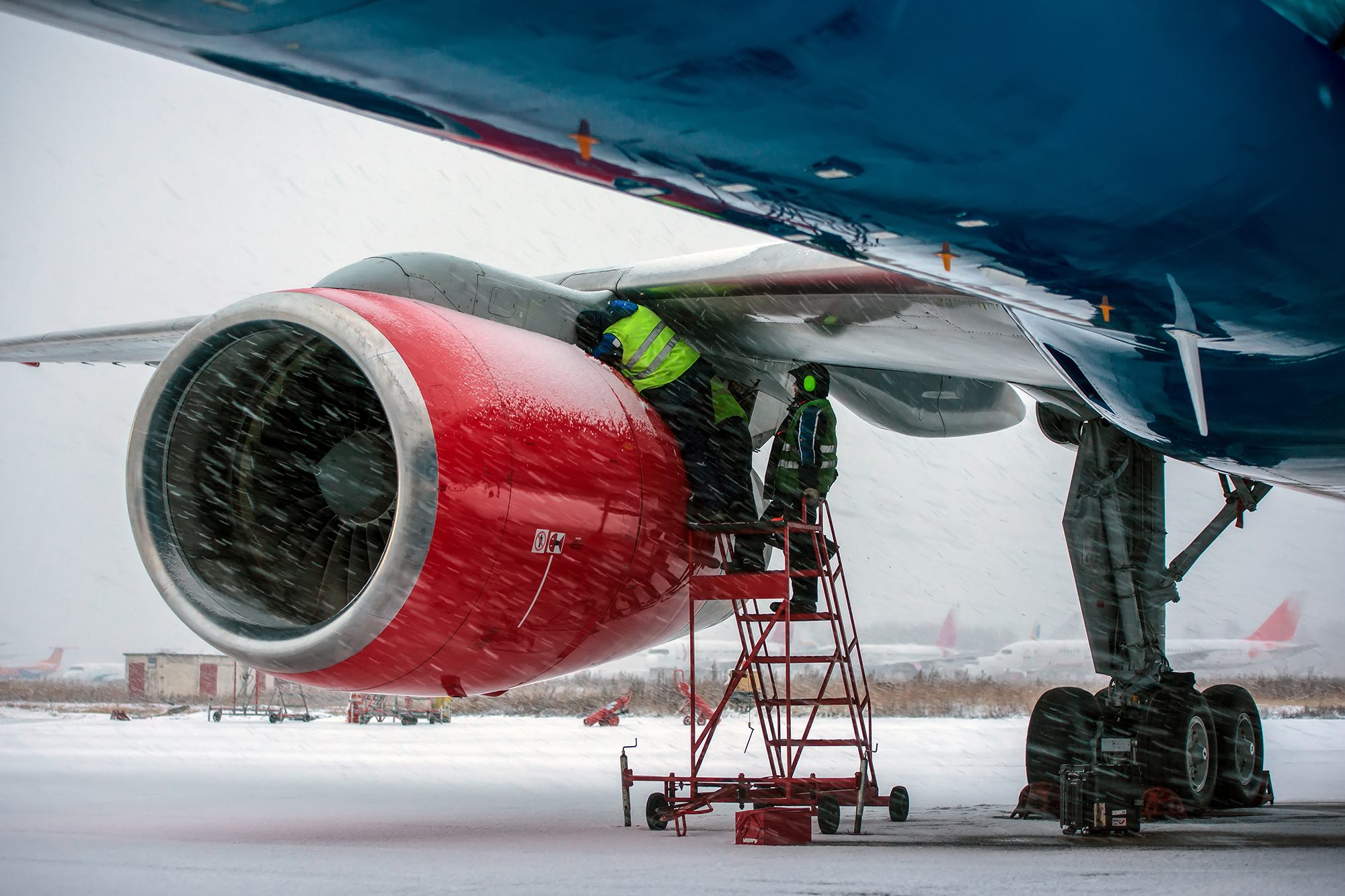Building a Boeing Aircraft Maintenance Program (AMP) is a multi-faceted process, essential for ensuring an aircraft’s safety, airworthiness, and compliance with regulatory standards. This comprehensive approach involves integrating a variety of considerations and once created it needs to be maintained throughout the aircraft life.
The Maintenance Planning Document (MPD) is the foundation of the AMP, providing detailed guidelines for routine maintenance based on effectivity, configuration and status of the aircraft.
Airworthiness Directives (ADs) are mandates issued by aviation authorities to address identified safety concerns. These directives can modify existing maintenance requirements or introduce new tasks, playing a pivotal role in the AMP’s development and execution.
Service Bulletins (SBs), issued by the aircraft manufacturer or Original Equipment Manufacturers (OEMs), offer recommendations for maintenance practices and modifications. Although compliance with SBs isn’t always mandatory, adhering to them is crucial for maintaining the aircraft’s optimal performance and safety when accomplished.
Supplemental Type Certificates (STCs) authorize modifications affecting the aircraft’s type certification. Each STC includes specific ICAs that must be integrated into the AMP, ensuring that any modifications are accounted for in the maintenance plan.
Modifications and repairs can introduce new maintenance requirements / ICAs, necessitating their documentation and incorporation into the AMP. This ensures that any changes to the aircraft are reflected in the maintenance strategy.
OEM (Original Equipment Manufacturer) Instructions for Continued Airworthiness (ICA) provide comprehensive maintenance procedures from the manufacturers, ensuring multiple components and equipment remain airworthy. These documents cover a wide array of maintenance aspects, including system upkeep, structural integrity, and component functionality.
The Emergency Equipment Listing (EEL) details items you need ot review for ICA from OEM for critical safety equipment, such as life jackets based on the Component Maintenance Manuals (CMM) from equipment manufacturers.
Vendor Manuals and CMMs are indispensable for performing maintenance tasks on specific components also offering detailed instructions for their upkeep and repair such as for the APU – Auxiliary Power Unit.
National Aviation Authority (NAA) Requirements must also be considered, as local regulations can influence maintenance practices and schedules, necessitating adjustments to the AMP to ensure compliance.
Operational Environment Considerations, such as climate and flight routes, impact maintenance needs and schedules. For example, aircraft operating in coastal areas may require more frequent corrosion inspections.
Finally, Reliability Data and Operator Experience play a crucial role in shaping maintenance practices. Historical data and first-hand experience can lead to adjustments in the AMP, addressing recurring issues or optimizing performance.
This is a snapshot of part of the sources considerations; for lease return awareness that reliability and operator experience can also affect the task frequency, it might be reduced from the MPD recommendations, or due to operating environment there may be additional tasks – this is an important consideration when looking at return from lease as commonly you will return to MPD default intervals.
Want to learn more about constructing an AMP? Follow us on LinkedIn and why not check out our course on Aircraft Maintenance Plan (AMP) creation and development
